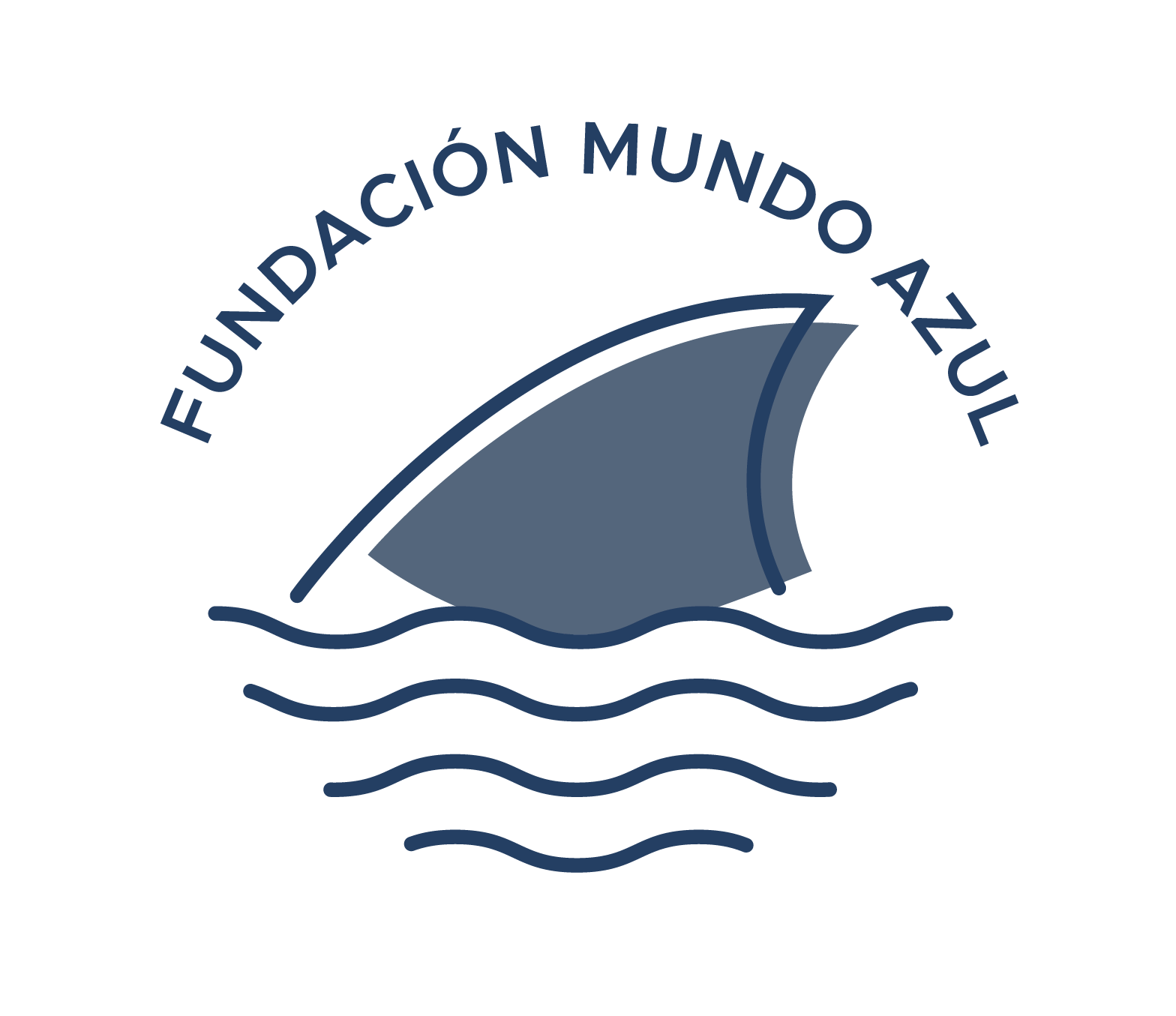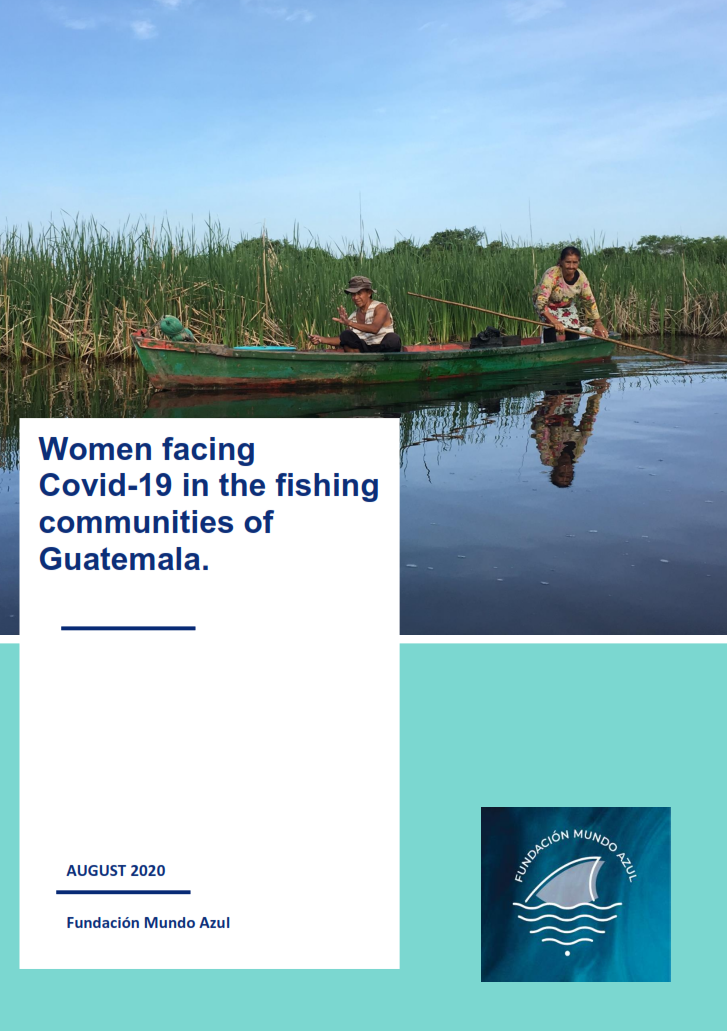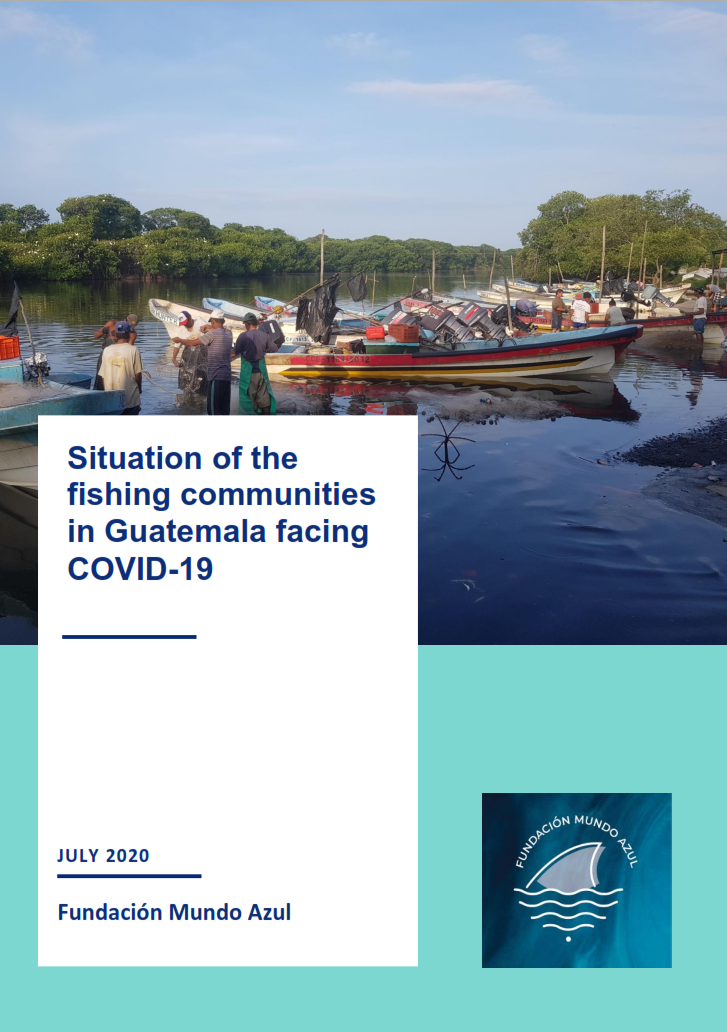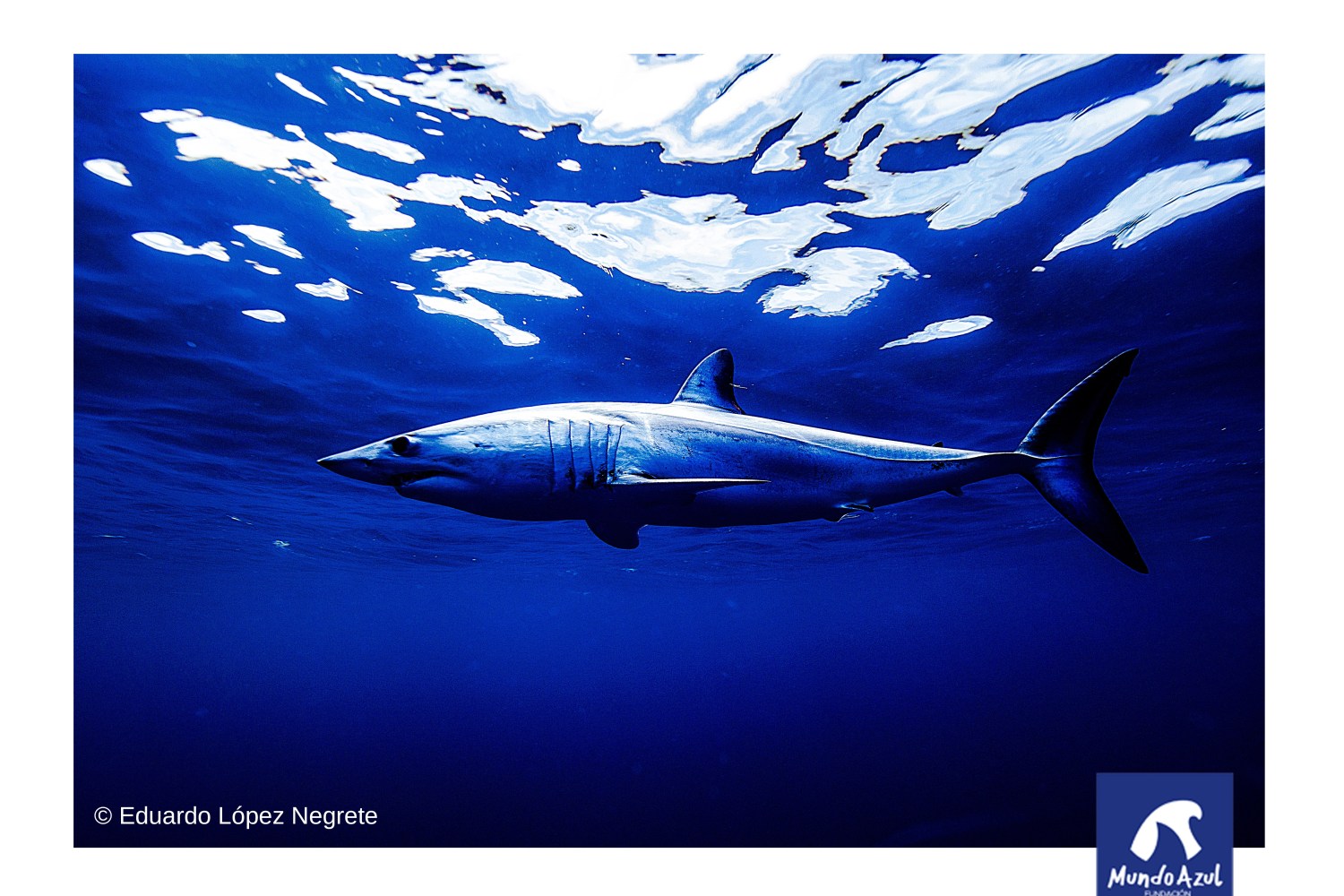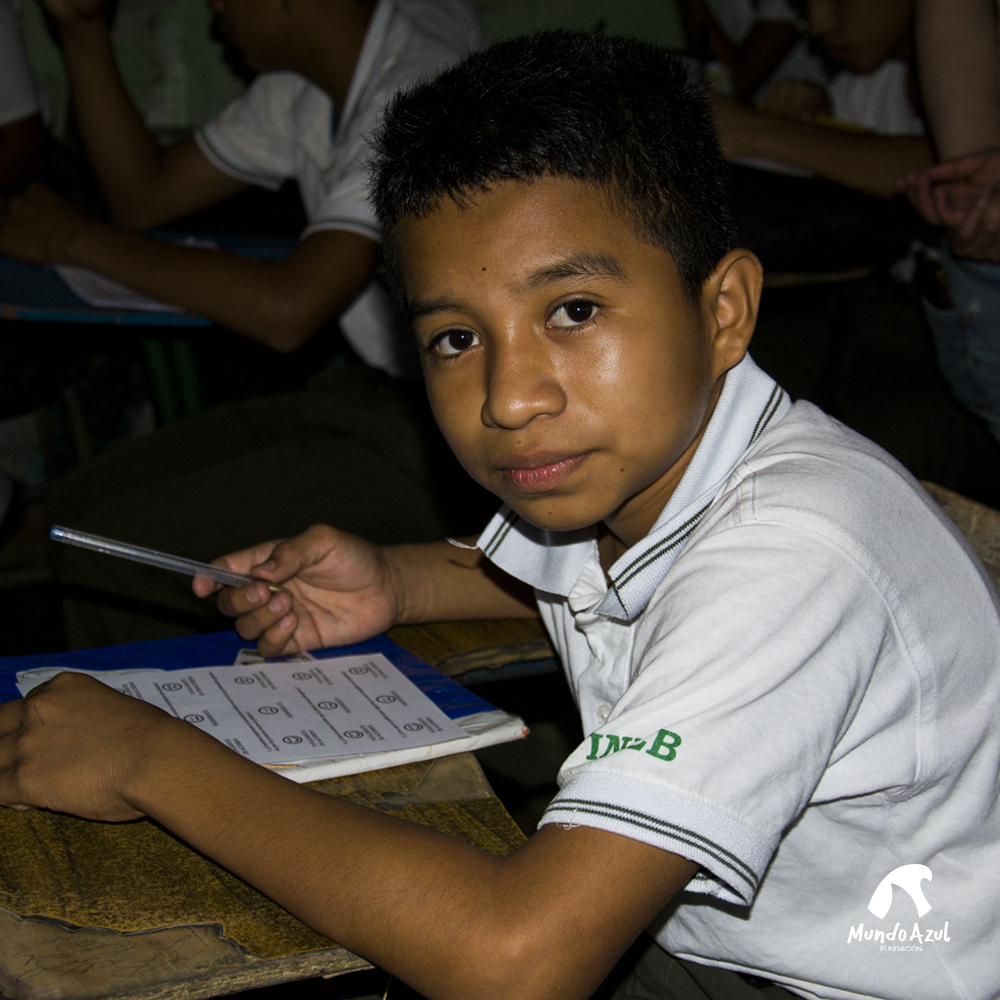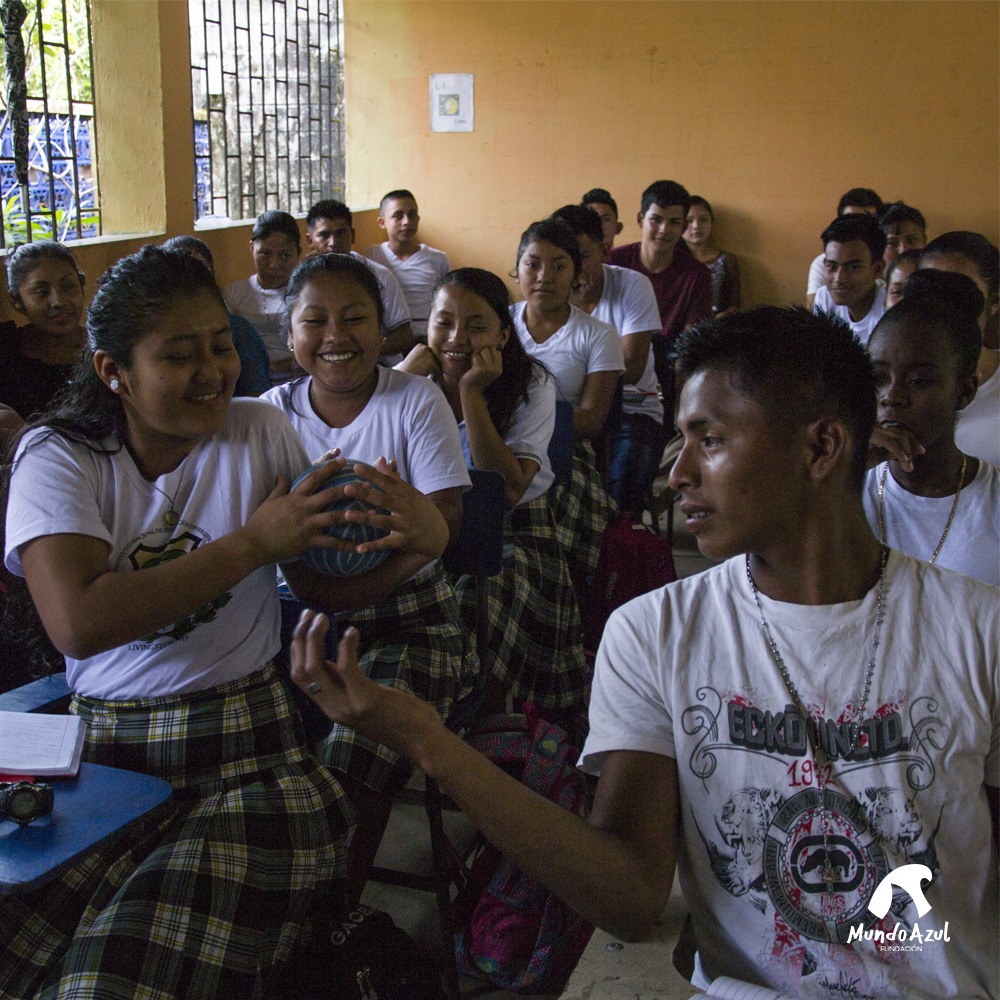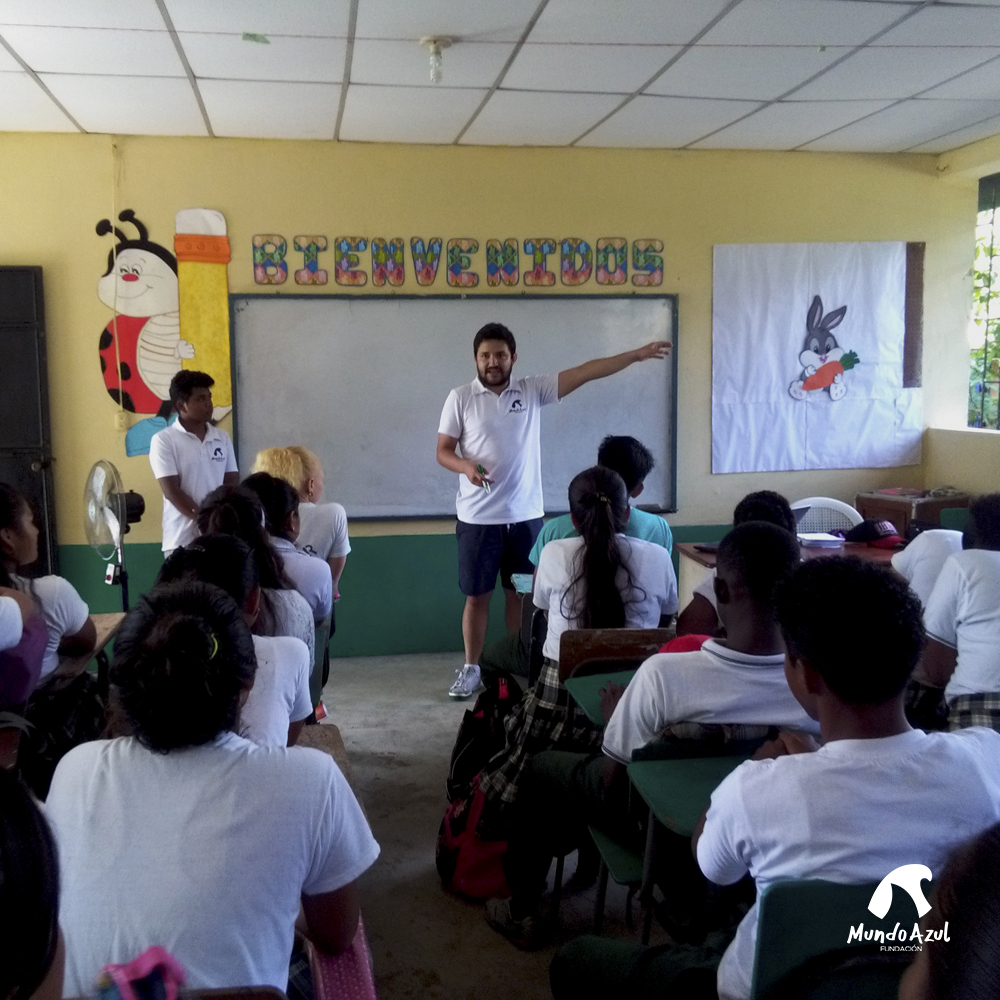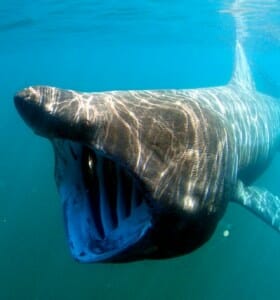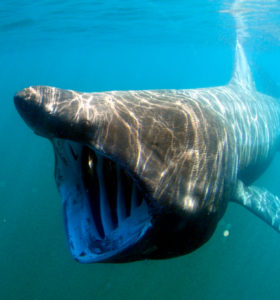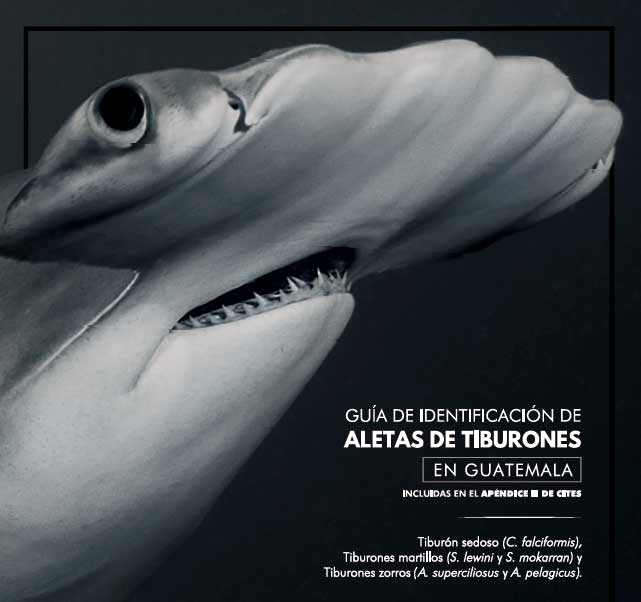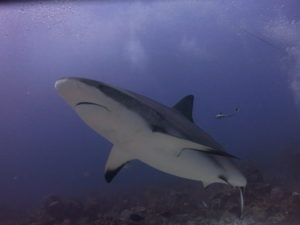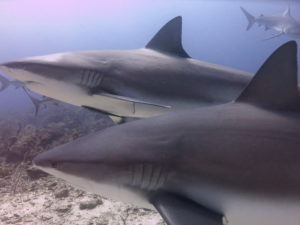________________________________________________________________________________
Apiculture, as a sustainable activity, can provide an alternative income to coastal communities, reducing their dependence on fishing and increasing their resilience to various economic and cultural vulnerabilities. Simultaneously, it can foster mangrove conservation by providing economic incentives for the protection and restoration of mangrove forests.
_______________________________________________________________________________
Mangrove forests, located in estuaries and coastal areas, are ecosystems comprising various mangrove species adapted to the high salinity of the aquatic environment in which they thrive. By bridging terrestrial and aquatic environments, these forests harbor significant biological diversity.

Balance is essential for proper ecosystem functioning, and mangroves, alongside the ocean, are a great example of this. The complex root systems of mangroves act as a natural filter for nitrates, phosphates, and various pollutants flowing within rivers, hence mangroves cleanse and improve the quality of water that flows into the ocean. Additionally, these ecosystems help maintain the ecological balance of the ocean by acting as a refuge and providing food for many species of fish and sharks during their juvenile stage. As adults, these species migrate to the open sea, playing an important role in the food web.
In addition to their role in maintaining ocean health, mangroves are indispensable for the wellbeing and resilience of coastal communities by providing a wide range of ecosystem services. These services include the supply of food such as fish, mollusks, and crustaceans, both for local consumption and commercialization. Furthermore, mangroves play a crucial role in regulating environmental processes by filtering and improving water quality, reducing coastal erosion, acting as barriers against hurricanes and floods, and mitigating the effects of climate change by absorbing carbon dioxide (CO2) from the atmosphere. Mangroves also contribute to the survival of other species by producing oxygen and serving as a breeding habitat. Lastly, on a cultural and economic level, mangroves offer opportunities for sustainable recreational and tourism activities, generating income for local communities.
Despite their importance for the balance of nature and people, 35% of mangroves worldwide have disappeared due to many years of unsustainable use primarily driven by demand for resources and products in the international market. The consequences of the disappearance of mangroves have been particularly detrimental to the life and livelihoods of local coastal communities. The Rio Sarstún Multiple Use Protected Area (AUMRS, in Spanish), which lies on the Guatemalan Caribbean coast, is home to the second largest mangrove system in the Guatemalan Caribbean along with several communities, including Barra Sarstún. This community has shown genuine interest in mangrove conservation and has actively participated in reforestation efforts since 2021, thus improving the mangrove ecosystem and the community’s surroundings. In order to contribute to conservation efforts and address the challenges facing mangrove forests, the Mangrove Beekeeping project was launched in Barra Sarstún with the support of Pure Ocean Fund and New England Biolabs Foundation.

Beekeeping involves the care and management of bees, whose role in pollinating plants significantly contributes to the reproduction of local flora during their search for and collection of nectar and pollen. Therefore, promoting beekeeping in coastal communities like Barra Sarstún also fosters mangrove reproduction in these areas, benefiting ocean health.

Beekeeping provides a wide array of hive products, including honey, beeswax, propolis, royal jelly, and other derivatives which can be commercialized, representing a valuable economic alternative to diversify community income. Such diversification is crucial for counteracting the adverse economic impact of declining fish populations and climate change on fishing, the main livelihood of Barra Sarstún.

Furthermore, the implementation of beekeeping can generate new job opportunities within the community. This is especially important for women, who often face limited access to and control over household economic resources. By participating in beekeeping, women can help support their families and achieve greater economic and social empowerment within their communities. The inclusion of women in beekeeping not only strengthens the local economy but also fosters gender equality and sustainable development in Barra Sarstún.
As part of the Mangrove Beekeeping project, a series of theoretical and practical training sessions have also been conducted. These sessions have covered the operation, inspection, and management of beehives, as well as honey extraction and packaging for commercialization. Together with project participants, a logo and brand for the community’s honey products was also developed, resulting in the name Ki’il Sarstoon, which translates to “Sarstún honey” in the Q’eqchi’ Mayan language.

The marketing of the honey, in addition to generating income for the group of Barra Sarstún beekeepers, has the potential to raise awareness within and beyond the community regarding the importance of mangroves as a source of ecosystem services and economic benefits. In addition, it highlights the value of beekeeping as a sustainable livelihood capable of benefiting both the community and the surrounding mangroves. The goal is that beekeeping in the area will significantly contribute to mangrove conservation, both through the pollination provided by bees and by providing economic incentives for the community to continue actively participating in mangrove protection and restoration.

As part of the project, environmental education workshops on bees have also been conducted with local children and young people from schools in the community. The aim of the workshops has been to expand their understanding of the importance of mangroves, bees, and beekeeping, and to foster their interest in training and dedicating themselves to beekeeping in the future. This will help guarantee the continuity of the project and promote active participation by younger generations in the conservation and sustainable use of the natural resources of Barra Sarstún.

Additional readings
Friess, D. A. (2016). Ecosystem services and disservices of mangrove forests: Insights from historical colonial observations. Forests, 7(9). https://doi.org/10.3390/f7090183
Getzner, M., and Islam, M. S. (2020). Ecosystem services of mangrove forests: Results of a meta-analysis of economic values. International Journal of Environmental Research and Public Health, 17(16), 5830. https://doi.org/10.3390/ijerph17165830
Hernández-Félix, L., Molina-Rosales, D., and Agraz-Hernández, C. (2017). Ecosystemic services and conservation strategies in the Isla Arena mangrove. Agricultura, Sociedad y Desarrollo, 14(3), 427–449. https://www.revista-asyd.org/index.php/asyd/article/view/644
Hidalgo, H., and López, C. (2007). Reserva de Usos Múltiples Río Sarstún. Ficha Informativa de los Humedales de Ramsar (FIR). https://rsis.ramsar.org/es/ris/1667?language=es
Himes-Cornell, A., Grose, S. O., and Pendleton, L. (2018). Mangrove ecosystem service values and methodological approaches to valuation: Where do we stand?Frontiers in Marine Science. 5:376. https://doi.org/10.3389/fmars.2018.00376
MarFund. (2021). Comunidades del Caribe de Guatemala participan en la conservación y restauración de manglares. https://marfund.org/es/comunidades-caribe-guatemala-conservacion-restauracion-manglares/ Pysanczyn, J. (2021). Mangrove Mania – The Ecosystem that Keeps on Giving. The Marine Diaries. https://www.themarinediaries.com/tmd-blog/mangrove-mania-the-ecosystem-that-keeps-on-giving
